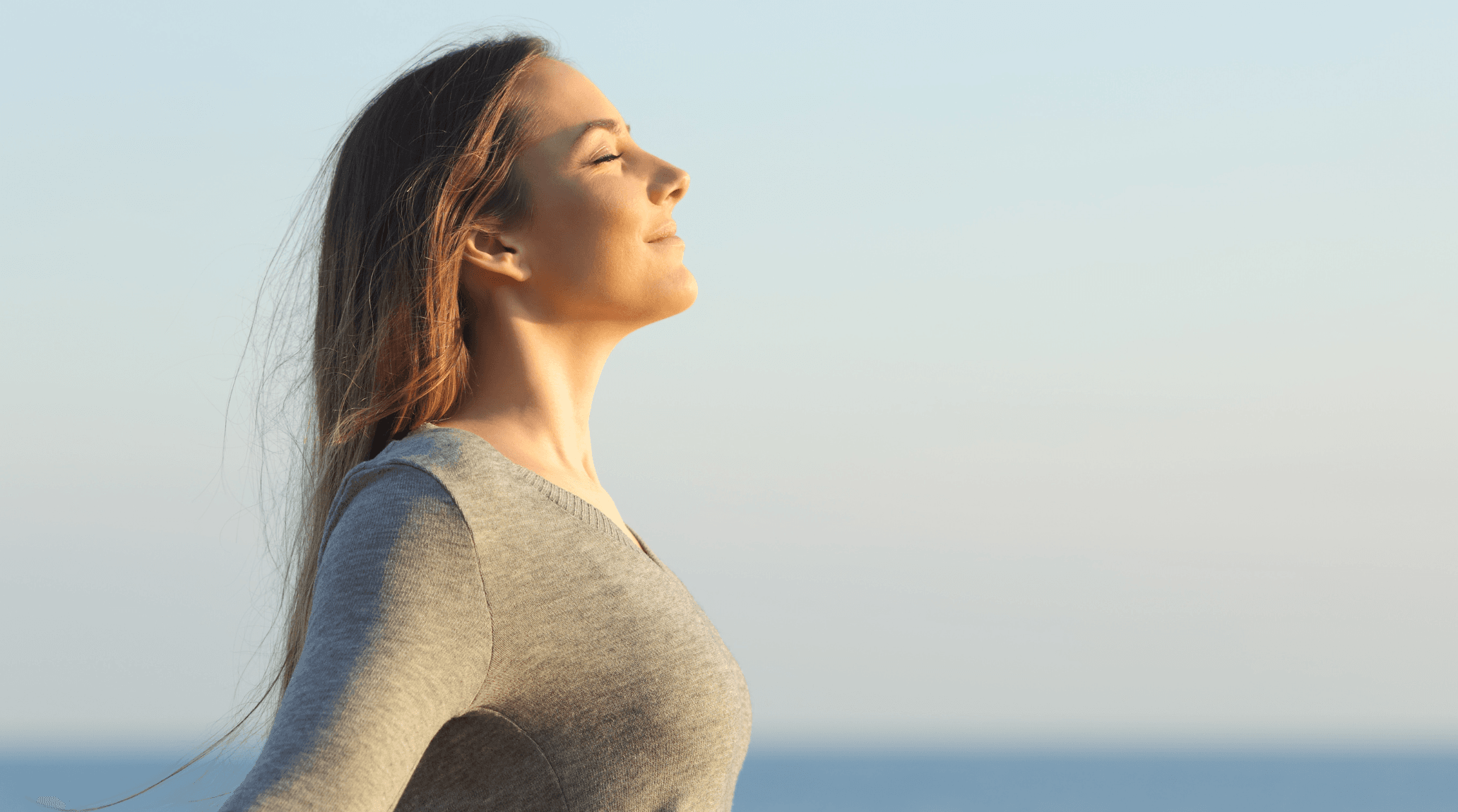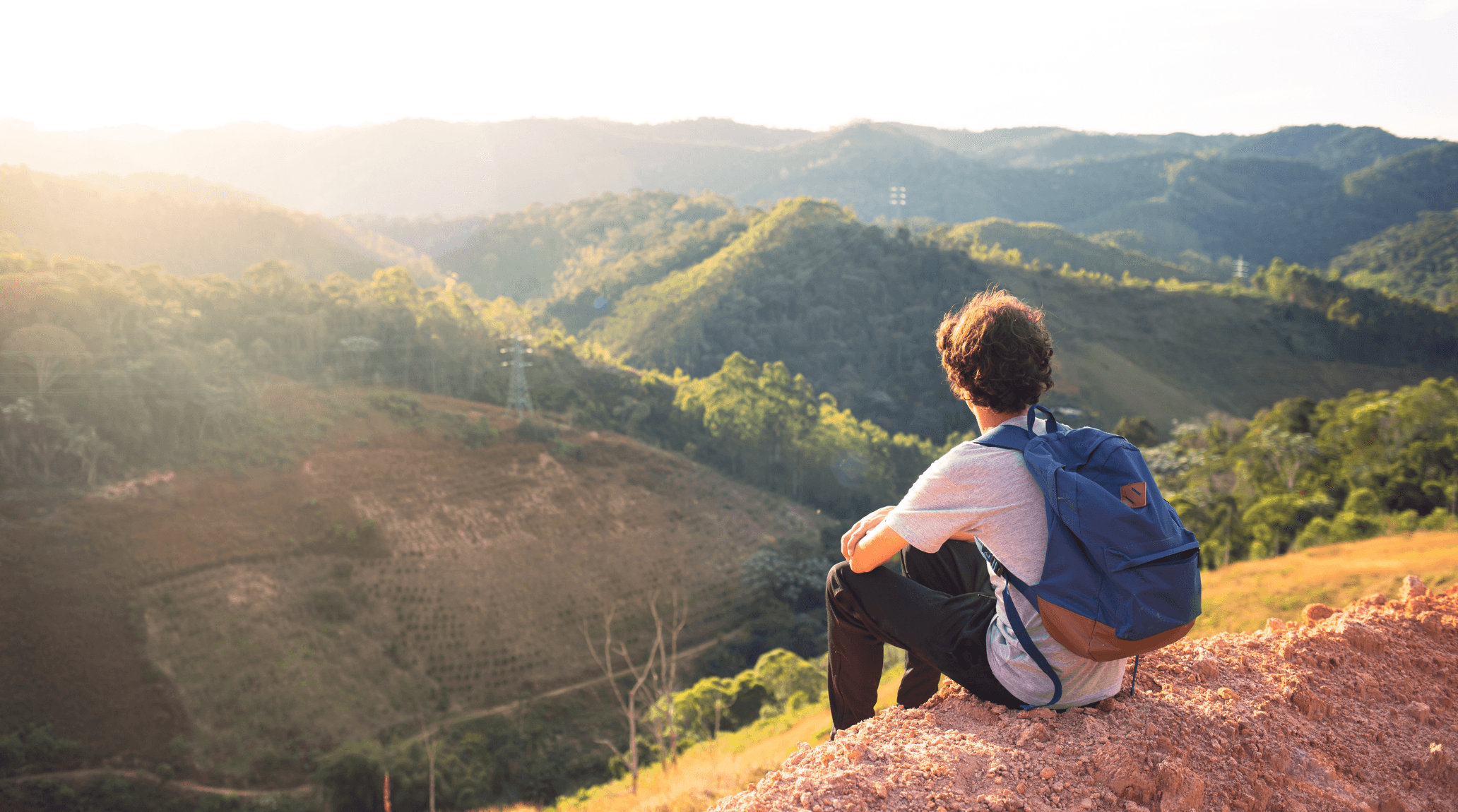
“
Understanding how standing and sitting affect your veins is essential for maintaining vascular health. Prolonged posture influences blood flow, pressure, and vein function. In this article, we explore facts that illuminate the real impact of both positions.1
1
”
A physician philosopher noted that prolonged standing or sitting hinders venous return, causing leg vein pooling, raising pressure, straining thin vein walls, and leading to fatigue and discomfort. 1
Extended standing raises lower-leg vein pressure, stretching vein walls, weakening valves, and increasing varicose vein risk, especially for those with genetic predispositions or standing-based jobs. 2
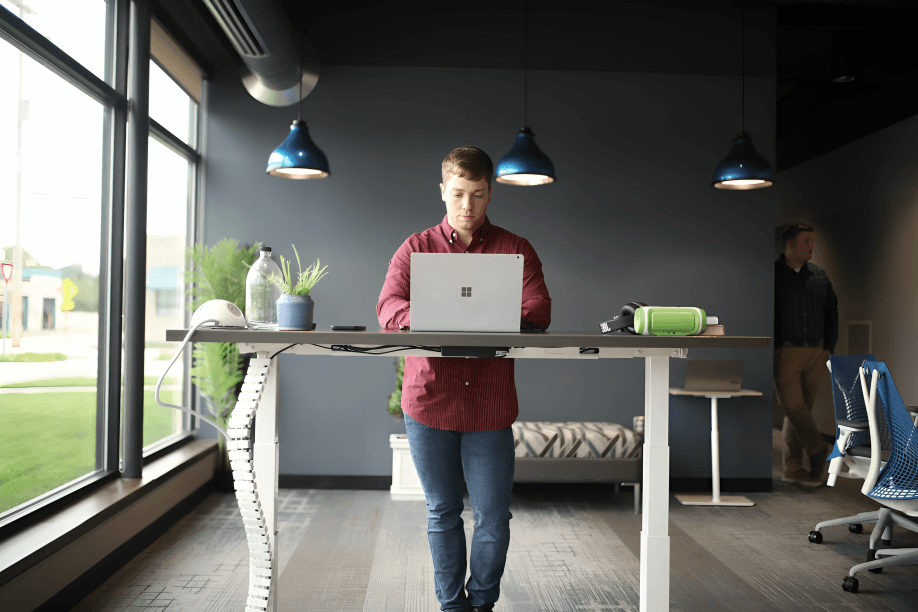
Alternating between sitting and standing every 30 minutes improves circulation by activating calf muscles, which act as a secondary pump to assist venous return from lower extremities to the heart.
Poor posture in sitting, such as slouching, can compress abdominal veins and hinder blood flow from the pelvis and legs, leading to venous stagnation and lower limb swelling. 3
Standing still without movement limits calf muscle pump activity, causing blood to pool in leg veins, increasing venous pressure, and leading to sensations of tired, aching legs. 4
Using a footrest or shifting weight periodically during prolonged standing reduces venous pooling by encouraging subtle muscle contractions and promoting better blood return to the heart. 5
Sitting for hours without walking disrupts blood flow in the deep veins of the legs, which increases the risk of developing deep vein thrombosis, especially during long flights or deskbound work. 6
Compression stockings support vein walls and valves, reducing pooling and pain during long periods of standing or sitting, and regular use can help maintain healthy venous circulation. 7
Elevating legs above heart level after standing or sitting lowers venous pressure, helps fluid reabsorption into blood vessels, and alleviates swelling and heaviness in the lower limbs. 8
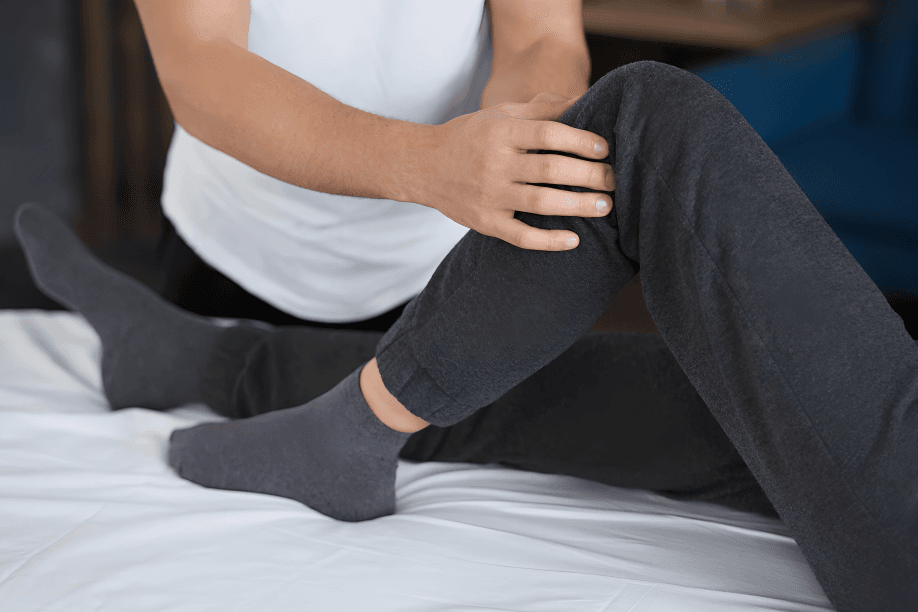
Wearing loose-fitting clothing around the waist and thighs while sitting prevents external compression on veins, ensuring unimpeded blood flow and easier venous return from lower extremities.
Hydration plays a crucial role: dehydrated blood is thicker, increasing venous resistance, while well-hydrated blood flows more smoothly, easing the burden on veins during prolonged standing or sitting. 9
Alcohol and salty foods can cause fluid retention, adding strain to veins by increasing blood volume and pressure, leading to visible swelling in legs after sitting or standing too long. 10
Regular aerobic exercise strengthens calf muscles and supports venous return, counteracting the negative impact of prolonged static posture on veins and reducing the risk of vein disease. 11
Leg elevation, stretching, and muscle activation following static posture aid lymphatic drainage, reduce interstitial fluid accumulation, and improve overall venous and lymphatic circulation. 12
Philosophers remind us that a balance between movement and stillness nurtures bodily systems—veins thrive when circulation is dynamic, echoing the ancient wisdom that moderation preserves health. 13
Standing or sitting on hard floors without movement increases microvascular pressure in feet and ankles, promoting capillary leakage and resulting in mild edema and discomfort over time. 14
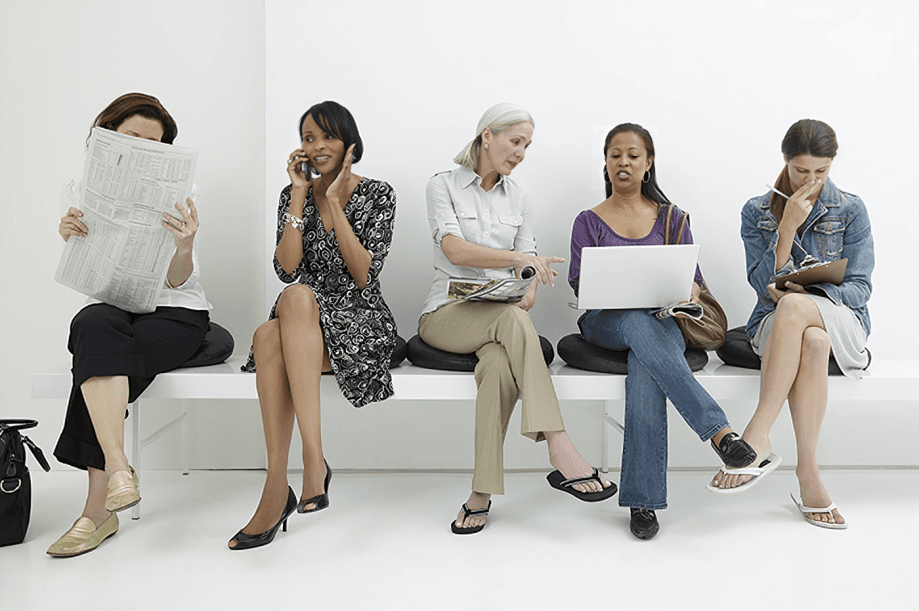
Alternating cross-legged sitting can constrict veins in the thighs, slowing venous return and increasing pressure in calf veins, leading to leg heaviness and slow relief when returning to neutral posture.
Standing or sitting after a meal directs blood flow to the digestive system, which can reduce circulation efficiency in legs, occasionally causing increased heaviness or mild swelling in some individuals. 15
Mindful posture adjustments, regular movement, hydration, and footwear choices form a combined preventive strategy to support vein health for people with sedentary or standing occupations. 16
Doctors stress that combining movement, compression, elevation, and healthy habits helps veins manage pressure better, lowering long‑term venous risks and supporting lasting vascular health. 17
